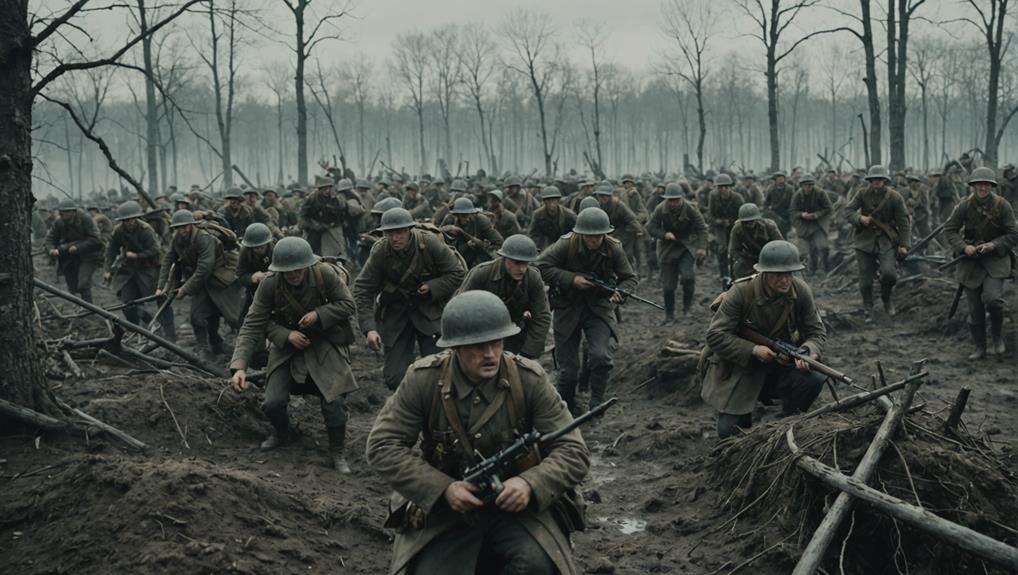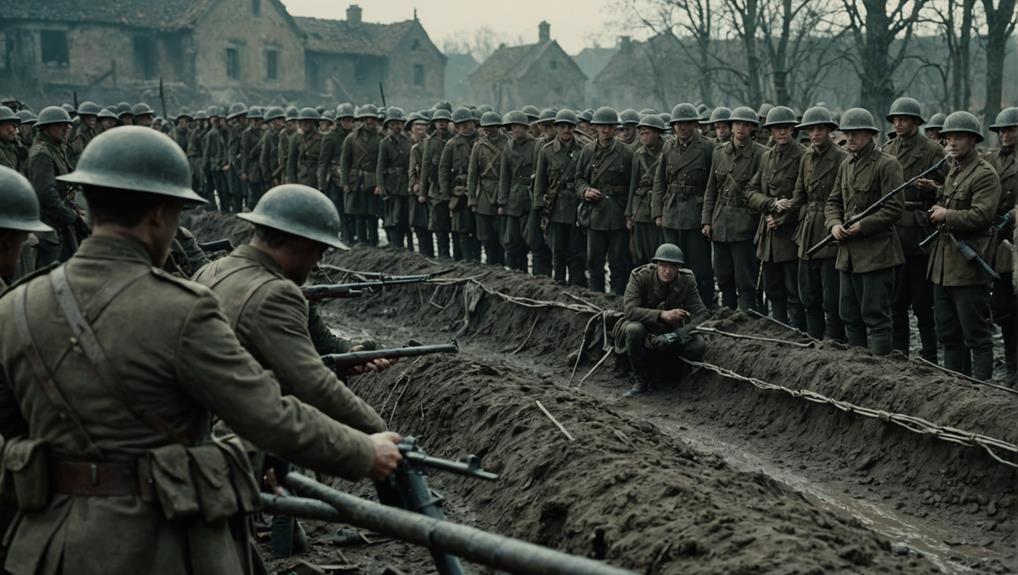World War I, often referred to as the “Great War,” was a global conflict that lasted from 1914 to 1918. It involved many of the world’s great powers, which were divided into two main alliances: the Allies and the Central Powers. This war marked a significant turning point in military history, characterized by the extensive use of trench warfare and the introduction of new weapons and technologies. The war’s aftermath had profound implications for the political landscape of Europe and the world.
Trench Warfare
One of the most defining features of World War I was trench warfare. Soldiers on both sides dug extensive networks of trenches that stretched across the Western Front, from the North Sea to the Swiss border. These trenches were often muddy, rat-infested, and exposed soldiers to the elements and constant threat of enemy attack.
- Conditions in the Trenches: Life in the trenches was harsh and grueling. Soldiers faced constant bombardment, sniper fire, and the threat of gas attacks. Disease and poor sanitation were rampant, contributing to high casualty rates even when not engaged in direct combat.
- Major Battles: Key battles such as the Battle of the Somme and the Battle of Verdun epitomized the brutal and stagnant nature of trench warfare. These battles resulted in massive casualties with little territorial gain, highlighting the futility and devastation of the war.
- Technological Advancements: World War I saw the introduction of several new technologies that changed the face of warfare. Machine guns, poison gas, tanks, and aircraft became integral parts of the battlefield, leading to unprecedented levels of destruction and a new era of industrialized warfare.
Treaty of Versailles
The war officially ended with the signing of the Treaty of Versailles on June 28, 1919. This treaty imposed harsh penalties and reparations on Germany, aimed at preventing future conflicts but ultimately sowing the seeds for World War II.
- Key Terms: The Treaty of Versailles included significant territorial losses for Germany, military restrictions, and substantial reparations payments. It also established the League of Nations, an international organization intended to maintain peace.
- Impact on Germany and Europe: The treaty’s terms led to economic hardship and political instability in Germany. The sense of humiliation and resentment it fostered contributed to the rise of extremist movements, including the Nazi Party.
- Long-Term Consequences: The Treaty of Versailles failed to create a lasting peace and instead set the stage for future conflicts. The dissatisfaction and economic turmoil it caused were significant factors leading to the outbreak of World War II.
Legacy of World War I
The aftermath of World War I had far-reaching effects on global politics, society, and culture. The war led to the collapse of empires, the redrawing of national borders, and significant shifts in power.
- Social and Economic Aftermath: The war caused immense human suffering and economic devastation. Millions of soldiers and civilians lost their lives, and entire regions were left in ruins. The war also accelerated social changes, including the role of women in the workforce.
- Political Changes: The war led to the downfall of several monarchies and empires, including the Austro-Hungarian, Ottoman, Russian, and German empires. New political ideologies, such as communism and fascism, gained traction in the post-war period.
- Influence on Future Conflicts: The lessons learned from World War I influenced military strategies and international relations in the decades to come. The war’s legacy was a crucial factor in shaping the policies and alliances that would lead to World War II.
World War I was a cataclysmic event that reshaped the world in profound ways. Its impact on the political, social, and technological landscape of the 20th century cannot be overstated, and its legacy continues to influence global affairs today.
Read More About World War I

The Lost Generation: The Artists and Writers Shaped by WWI

Propaganda Wars: How Nations Used Media to Shape Public Opinion
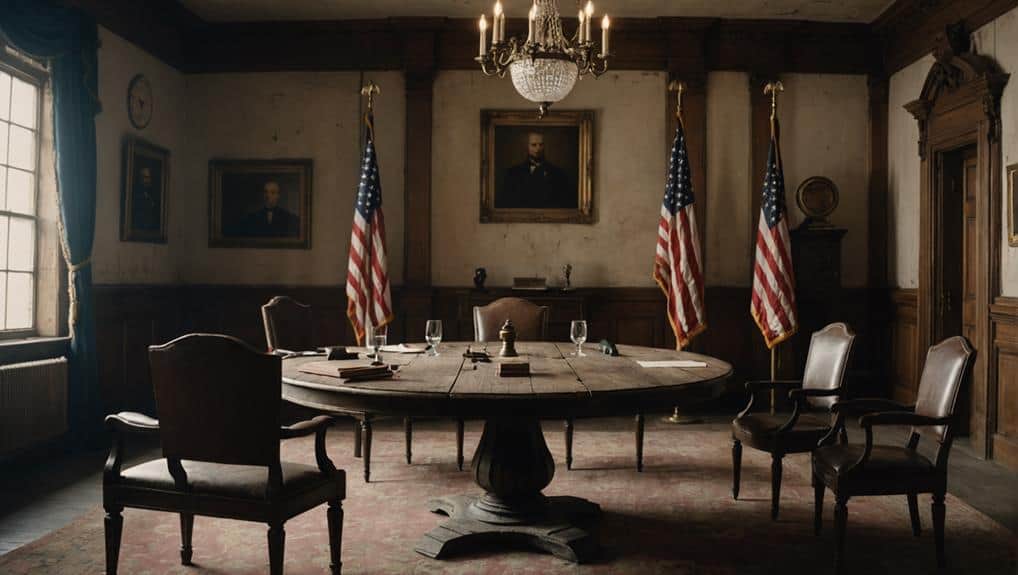
The League of Nations: the Failed Peacekeeping Body Born From WWI
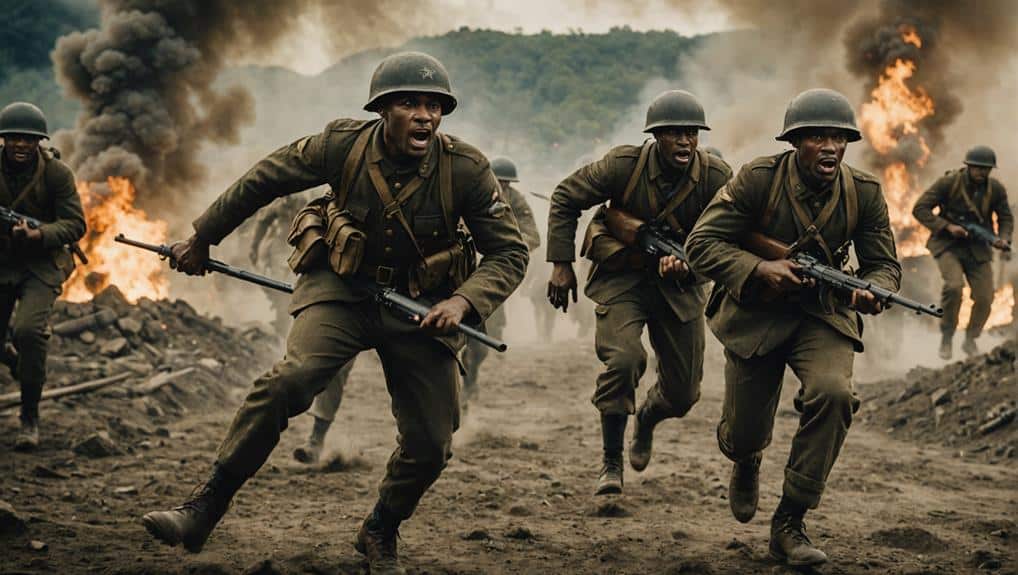
The Harlem Hellfighters: The African American Regiment That Defied Racism and Fought Bravely

Rationing: How People Survived on the Home Front
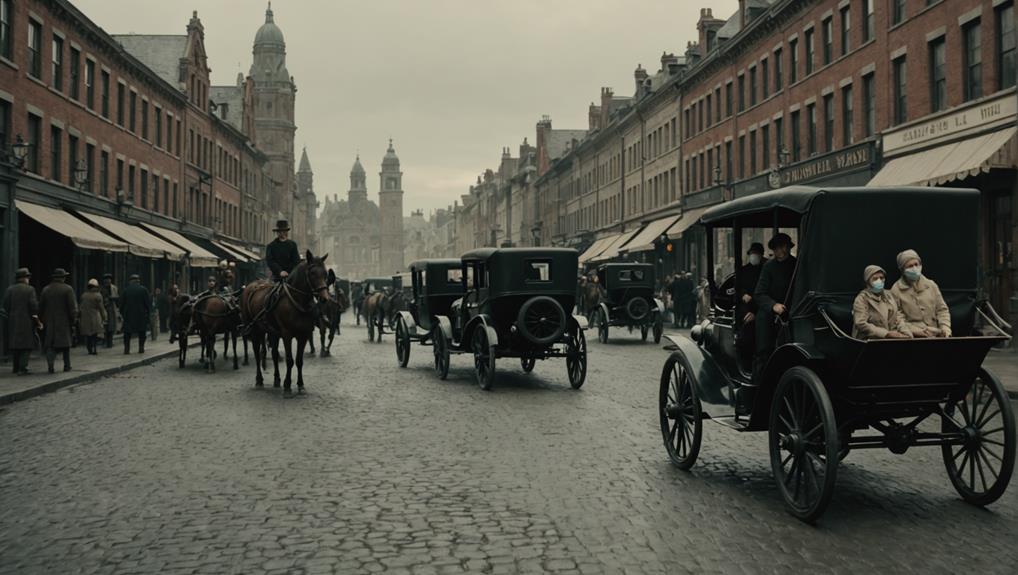
The Spanish Flu: The Pandemic That Followed the War
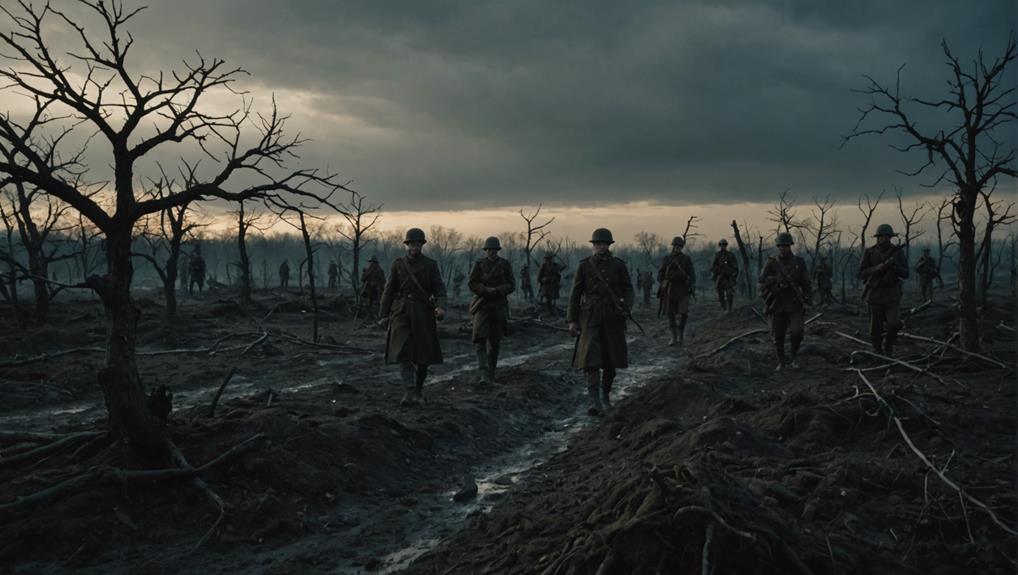
Words From the Trenches: How War Poets Captured the Horror of WWI

Gallipoli: The Daring Assault That Became a Disaster
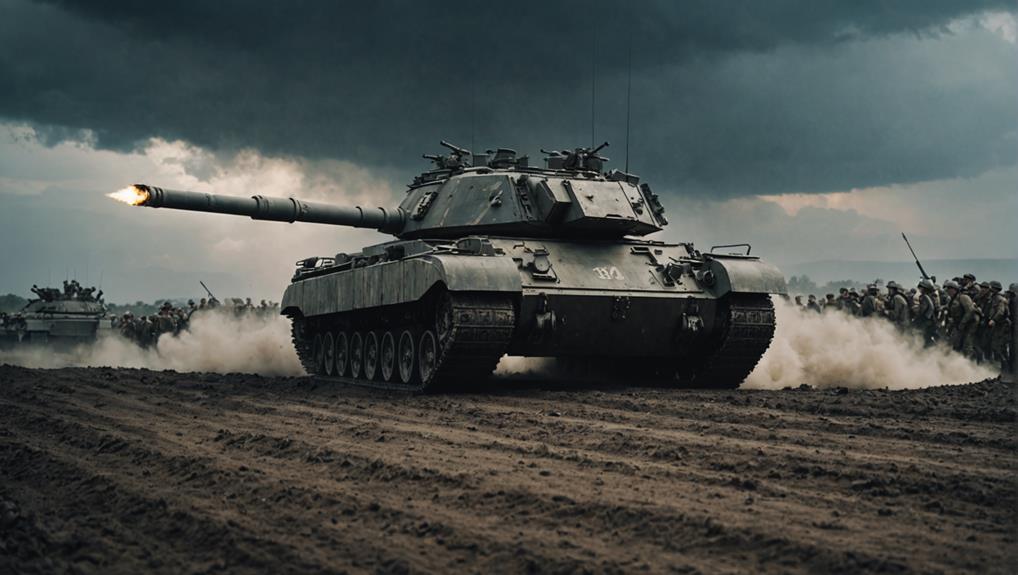
Tanks: The Armored Behemoths That Broke the Stalemate
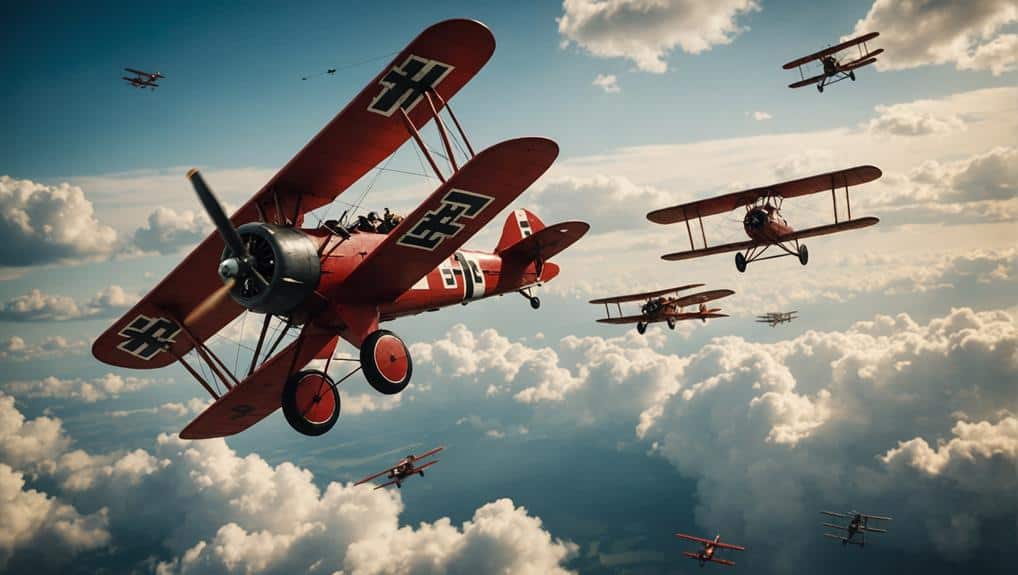
The Red Baron: The Ace Pilot Who Ruled the Skies
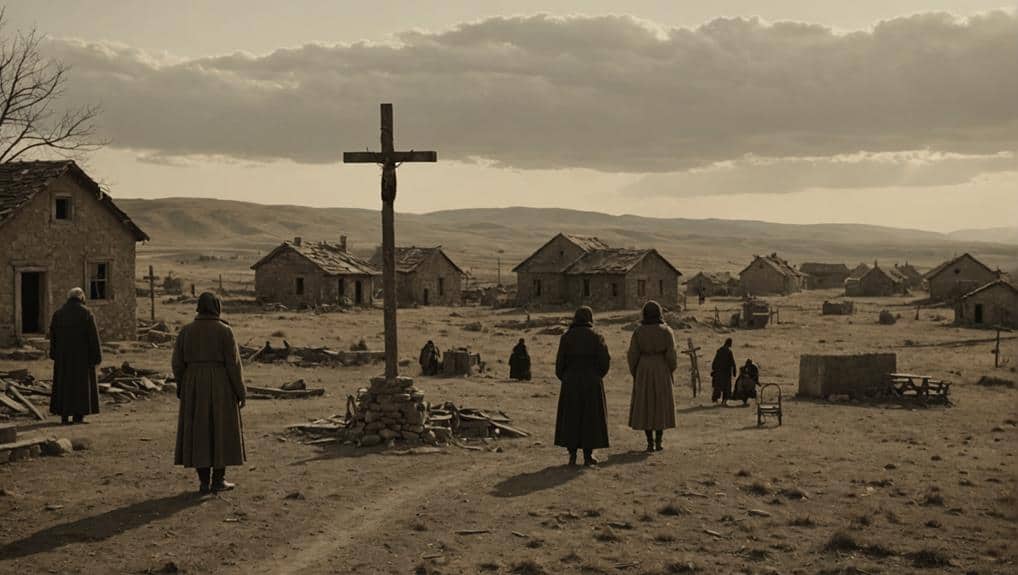
The Armenian Genocide: The Forgotten Tragedy of WWI
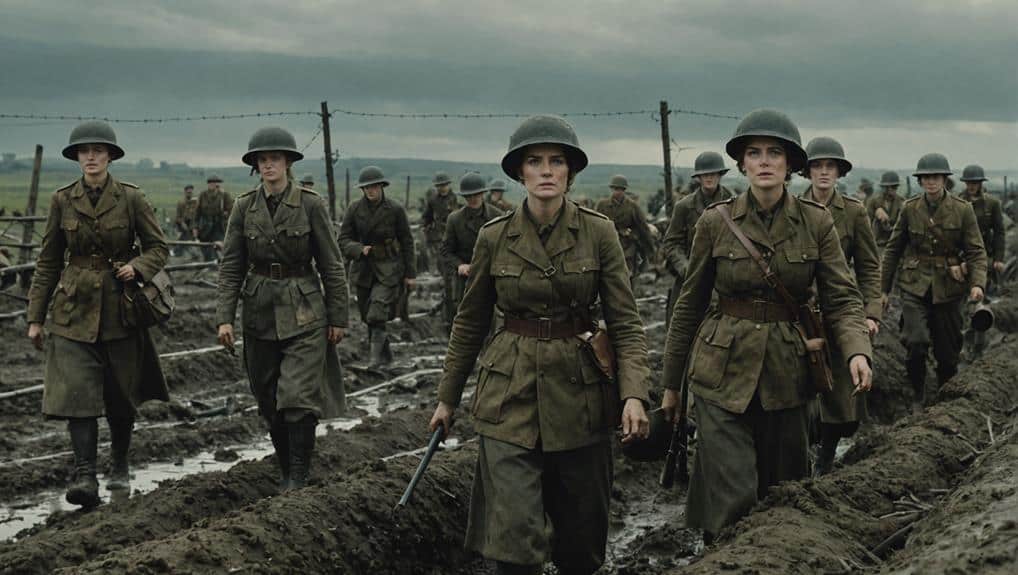
Women in the Trenches: The Unsung Heroes of World War I
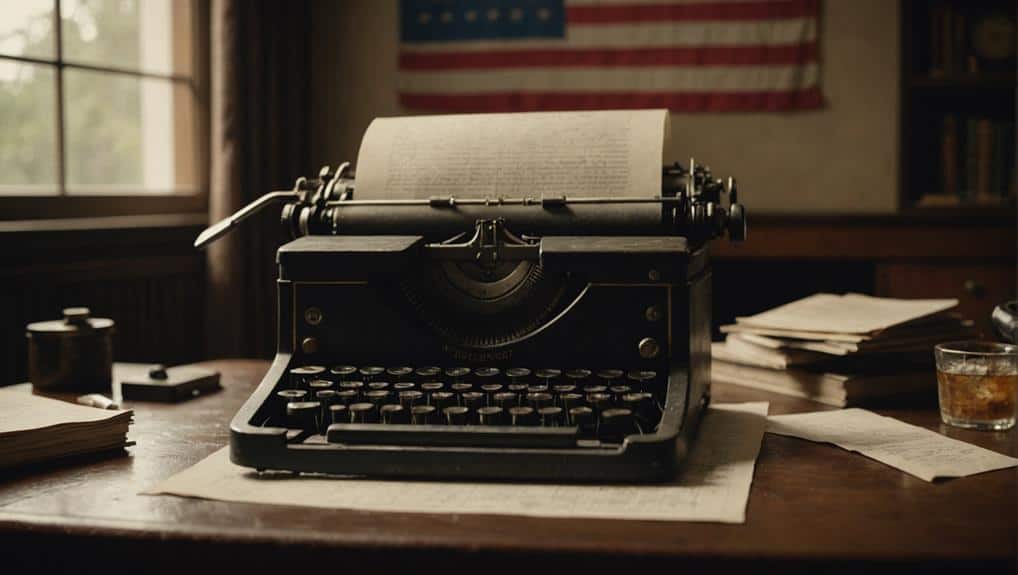
The Zimmerman Telegram: the Secret Message That Pulled America Into WWI
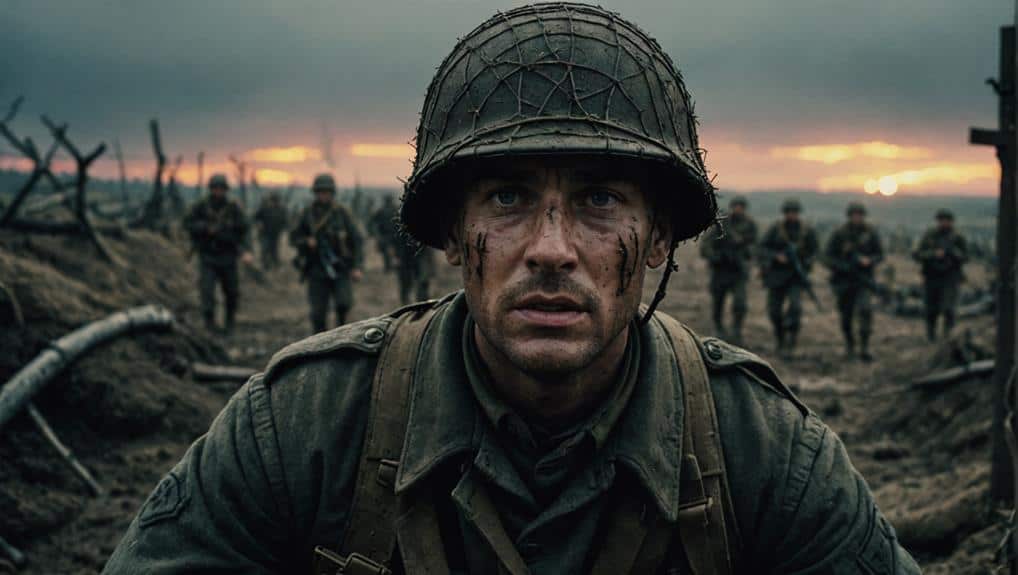
Shell Shock: The Psychological Scars of Trench Warfare
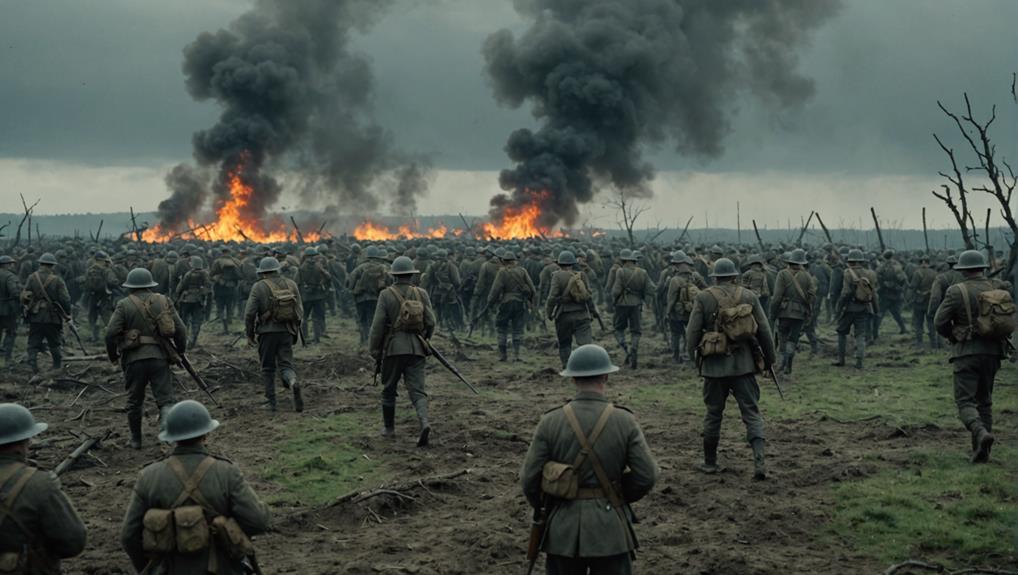
The Bloodiest Day: The Battle of the Somme's Horrific Toll
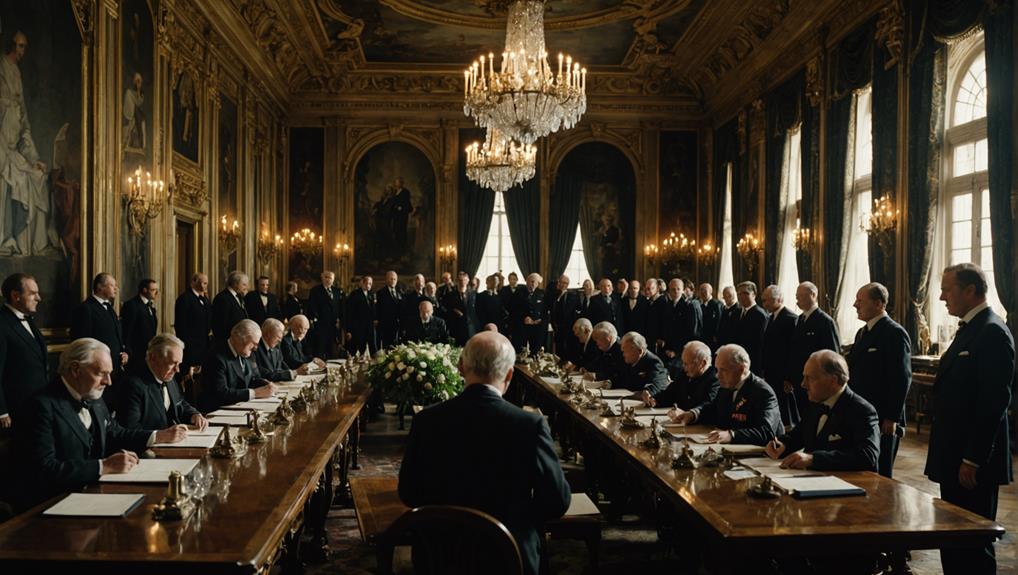
The Treaty of Versailles: The Agreement That Ended WWI and Started Another
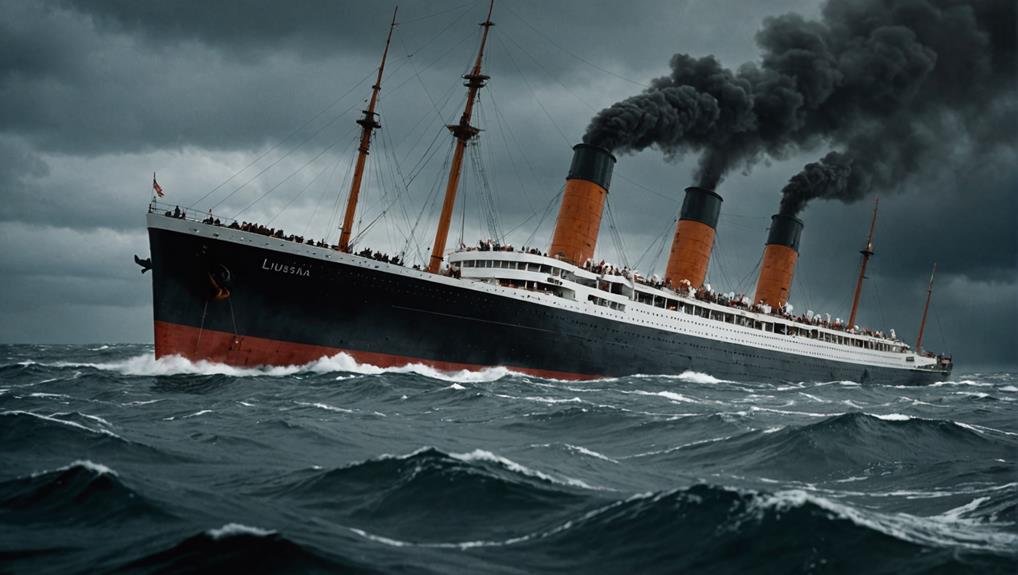
The Sinking of the Lusitania: the Shipwreck That Shocked the World
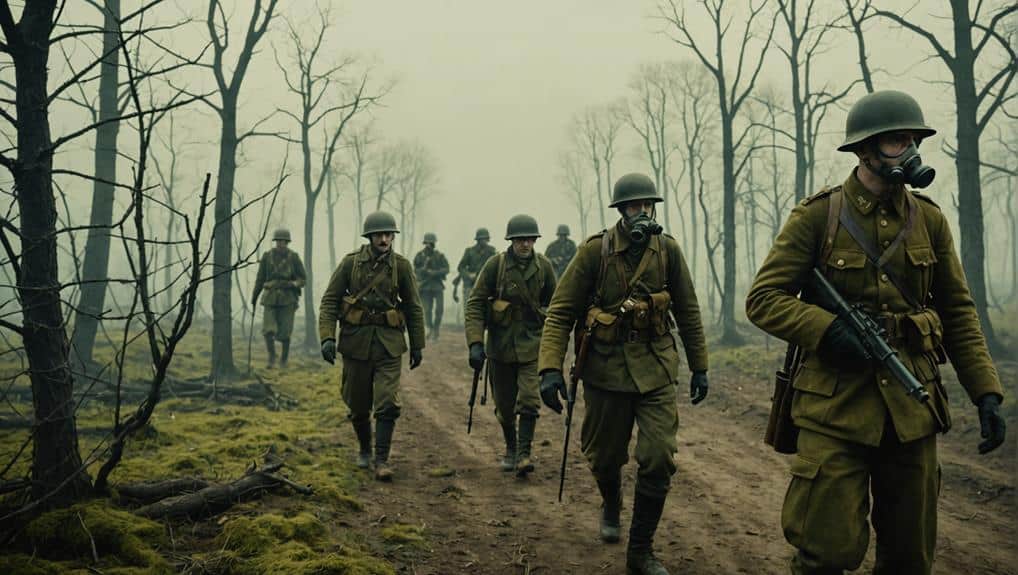
Poison Gas: The Deadly Innovation That Changed Warfare Forever
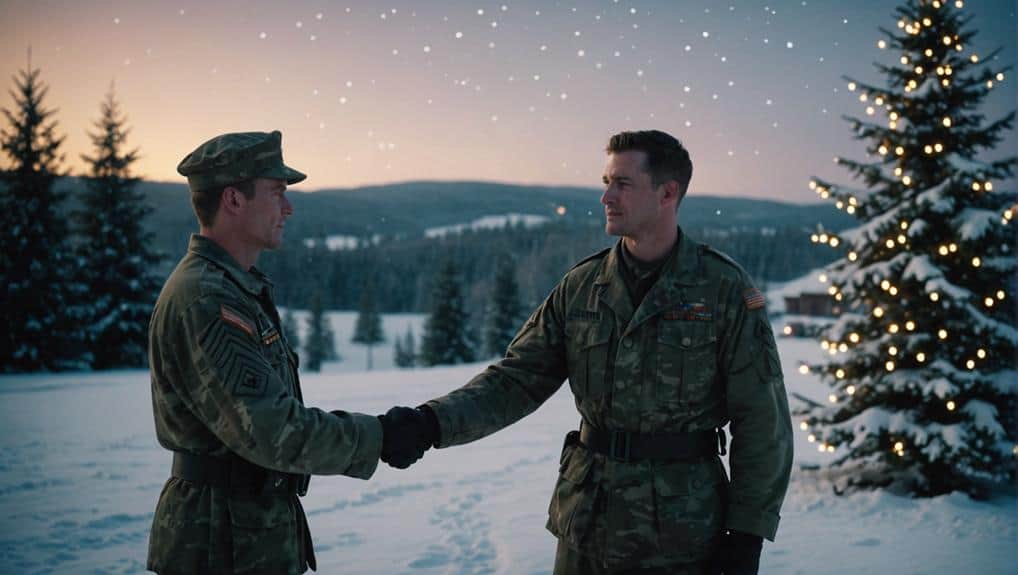
The Christmas Miracle: When Enemies Became Friends
